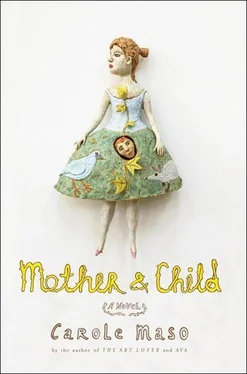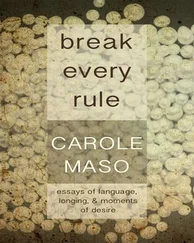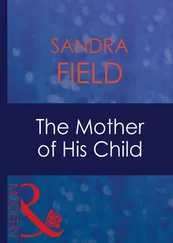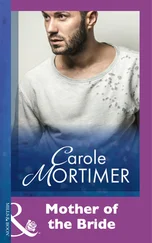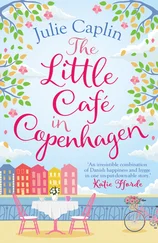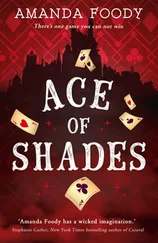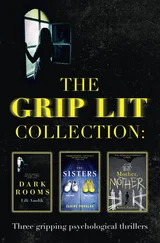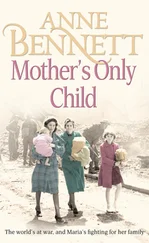IT WAS THE gun in the broken glass case that had produced all the commotion: a single bullet to the head. But when she thinks of the Vortex Man she thinks there is something to be said for the end of questions, or the end of heartache, or the end of suffering, or rest.

THE CAT CARRIED the bog on his fur. The universe was expanding into darkness. The Vortex Man was dead; everyone said it. Somewhere, the sleeping Aunt Inga lies; she cannot be revived.
The child’s birth had coincided with the discovery of Dark Energy and had heralded the end of certainty, and Absolute Knowledge one more time was suspended. They had exchanged their postulates of linear laws for curved space. The universe will expand eternally. And when the last stars die out in ten trillion years, the universe will grow dark. Something is speeding up the expansion of the universe despite the Slow Lab, and despite every effort of the mother.
Attempts at an explanation for the accelerating universe included many hypothetical models: Dark Energy, Phantom Energy, Cosmological Constant, Quintessence. As the universe expands, the density of Dark Matter declines more quickly than the density of Dark Energy, and eventually, Dark Energy dominates. An expanding universe means that density drops. She considered the implications. If acceleration continues indefinitely, the ultimate result will be that galaxies outside the local supercluster will move beyond the cosmic horizon; they will no longer be visible because their line-of-sight velocity becomes greater than the speed of light. The Earth, Milky Way, and the Virgo Supercluster will remain virtually undisturbed while the rest of the universe will recede.
NOW, THE YOUNGEST Master Saddler in all of Wales came to give a demonstration at the Spiegelpalais. On a table she placed the tools of her trade: awls, an array of needles, threads, creasers, knives, stitch-markers, mashers, flocking, and filling. Next she unpacked a large bale of sheep’s wool and leather, all from traditional English tanneries, and placed them in a stack. The Valley’s Saddler did not know why this Saddler from Wales had come, and he felt a certain sadness. Still, he was fascinated to see how she could cut and dress and stain the leather all alone, and how she worked with both hands to create strong interlocking stitches.
A cavalry of men rode up. How interesting, the Valley’s dimming infantry remarked.
NOW A FIERCE wind began to blow. The mother felt besieged. Seven levels of sky and seven levels of earth pressed down on her. Where was the Vortex Man?
She was growing pyramidal. She increased her base, the distance between her feet widening so that she might withstand more, become a sturdier structure for the assaults that seemed not to stop coming now. She turned in all directions at once, for she could not predict from which directions the next sorrow would come.
She had turned herself into a pyramid: firm, and dark — the color of iron, anchored to the ground and with heft. She was squat, hardened, with a thick carapace as protection against the assaults, which were many — and the assaults had made her more obdurate. She wondered why it had to be this way. She wondered why the men had to disappear, some with great deliberateness and violence, others seemingly against their will, or on a whim.
She thought of the Sleeping Man, and she thought of the American Tenor, and she thought of the Hanging Man, and the Blue Man, and the boy with the spots, and also of her friend who turned into a harp, and she thought of the others who had walked back to their offices, briefcases in hand, because they had been instructed to do so, high atop the burning world, and who burned and turned vaporous. And she thought of the war, and all who had perished and continued to perish. Each of these men called her now, and said, it is time to come; it is over. She turned her back on all of them.
And she thought of the boys who ran in the apple orchards, years ago, and lived among the apple trees and reached through blue sky toward the blossoms, or the brightest fruit, and grew little by little, day by day, until they were grown and began losing their teeth, tooth by tooth by tooth, all the teeth in their heads, and then not long after, they were dead. It seemed a particular affliction in the Valley — the Apple Orchard Deaths.
She wondered if there was some limit to heartbreak, or a way to become immune to it, as she grew larger and heavier and wider. In silence, people gathered and pointed to the horizon, that sorrowing landscape where the pyramid stood — immense, gray, heavy — a foreboding shape, next to the Spiegelpalais.
THE NIGHTMARE INVOLVED the atrium, a corridor, rising heat, a kind of inferno, the baby motionless inside her capsule.
AND THROUGH THE desert the beheaded soldiers walked in ghastly procession. And in ancient Fallujah, babies were being born with three heads, or an eye or a nose in the middle of the fontanelle. We should never have dispensed the fogs, the soldier said.
SHE FEARED SHEETS, struts, and pinnacles of bone. She feared the life of bone, relentless, in motion, alive the way nothing else is quite alive. An ocean of bone moved toward the mother. She went to the child’s room and looked at her as she was growing in her sleep. She lifted each limb, knowing from the sleep spindles the child was emitting that at this moment, nothing could wake her. In the dream, the child grew enormous. The mother marveled at her appendages.
THE MOTHER TELLS the child that a part of the child’s body remains in the mother long after the child is born. She says right now, she carries some of the child’s tissue in her clavicle. Eventually the child will dissolve inside the mother, but not for a long time. It takes many years for a child to dissolve into a mother. The child thinks about this for a long time. Is it only us? the child asks.
Every mother carries a bit of her own child in her body. It’s Science, the mother says.
This means, the child says gravely, that when the Girl with the Matted Hair’s mother died, part of the girl had been buried alive.
The mother nods her head. What is also true, and it is the marvelous thing about mothers and children, is that the part of a child that stays inside the mother helps to heal the mother, rushes to assist the mother whenever she needs help; it’s a fact, the mother says.
What about her friend then? What about Lula? The child insists on calling the Girl with the Matted Hair by her birth name. What about Lula’s mother? Why couldn’t Lula help her mother?
Here is a story for you, the mother says, and she has a grave expression, the face of a teacher or the face of a nurse — a face the child loves.
Are you listening? the mother says, and the child nods.
A woman dies of a terrible disease. After her death, a specimen from the small intestine — the part of the woman’s body that failed, disintegrated, and eventually caused her death — is examined at the autopsy. What the examiner finds is that trillions of cells from both her daughter and her son had rushed to that very spot to try to save her. It was all there afterwards when they examined the tissue. If there is a more beautiful story, she said, I do not know of it.
It is even more beautiful than the God who lived in the man or the way he flew up out of his dead body on the third day, the child says. The mother nods. Yes, even more beautiful than that. And the child, suddenly minute, is enthralled, breathless at the mother’s perfection. There is nothing she would not do to save her.
THE CHILD GASPS. The mother has the head of a lion, the body of a goat, and the tail of a serpent. She is more wondrous, more beautiful than anything else on this earth. She is a terrifying thing, a thing for a moment immortal: not human, lion-fronted, a goat in the middle, and a snake from behind, and inside, the remnants of a tiny child — a child who at a moment’s notice might rush to the brain or the liver or the heart. I will keep you healthy, the child vows — for who otherwise will instruct me? Who will provide for me? Who will take care of me, more exquisitely than you? Who will keep us here, alive, on this side of the divide, if not you?
Читать дальше
